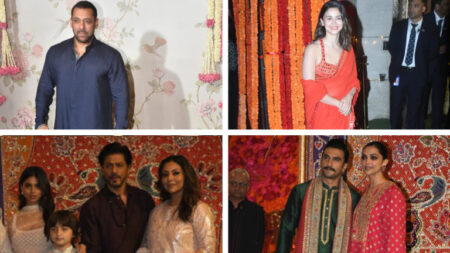Indian cinema has vastly changed in the few past years. After independence, the cinema was called the Golden Age of Cinema. The 1950s was a braver period than the 2020s, but it can be said it was also an encouraging time as the 2020 era was helping out young people to represent them in front of the world.
Cinema represented most of the art forms for the growth of our Indian cinema. The most famous filmmakers were Satyajit Ray, V.Shataram, Bimal Roy, Mehboob Khan, Raj Kapoor, Baldev Raj Chopra and many more. During this golden age, artistic cinemas also joined.
At that time, movies were based on social issues relevant to society. This was when most of the actors gave many hit movies, which were blockbusters during that time or can still be found pleasing. The cinema in the 1950s shows humanity, but now the time has changed, turning into pride and anger.
India gained freedom after a struggle; it was also a turning point for Indian cinema. After so many years, Indian cinema merged patriotism and nationalism. Both 1950s and 2020s are the best on their own. At a previous time in the 1950s, music plays an essential role in movies.
Brief of the silent era
When cinema came to India, it was the time of the silent era. The movies don’t have any sounds. They have just motion pictures. Raja Harishchandra was the first Indian silent film directed and produced by Dadasaheb Phalke.
It was the first full-length feature film in India. The film was released at Olympia Theatre, Bombay, on 21 April 1913at the coronation cinematograph and variety hall.
Also, Dadasaheb Phalke is known as the father of Indian cinema. Indian cinema started producing films. More than 1800 movies were made annually.
Published By – Vanshu Mehra
Edited By – Kritika Kashyap













